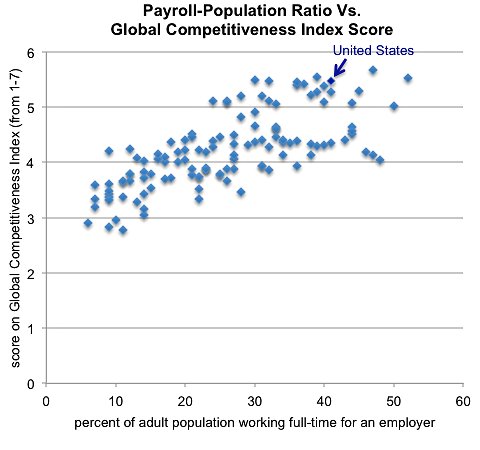Ocean Spray wants an easing of pesticide regulations.
DuPont wants greater protection of trade secrets.
Negotiations have barely begun for a potentially sweeping trade pact between the United States and Europe. But the lobbying is already well under way by corporations on both sides of the Atlantic. And the sometimes parochial nature of their demands is sure to further complicate the trade talks, which no one expects to proceed quickly or smoothly, given the geopolitics involved.
Companies from an array of industries have made their wish lists known, according to a review of their public filings, as well as documents obtained via the Freedom of Information Act in the United States. The comments from European companies include one from the Italian carmaker Ferrari urging the American government to drop customs duties on cars and parts, while DHL, the German shipping company, wants airlines to be able to bid on public-sector shipping contracts, regardless of their nationality.
The records provide windows onto how companies hope to shape the talks, and how barriers on both sides of the Atlantic have hindered business — or protected the public, depending on the perspective. But the filings also show how high the hurdles might be to reaching a deal by the negotiators’ self-imposed deadline at the end of next year, at least one of any substance. The next negotiating session is set for early October in Brussels.
“Generally everybody is very excited by the promise of these talks,” said Robert Mack, a Brussels-based executive who is the head of the public affairs practice at Burson-Marsteller, the public relations and lobbying giant. “In a context of economic recession or slow growth, these talks represent a good way to create some drivers of growth.”
Then again, he added, “when you get down into the issues, everything gets a little more complicated.”
The deal, if an agreement is reached, would apply to nearly a billion people who live in the combined markets and make it easier for products to be traded between Europe and the United States, as they would presumably have to pass only one regulatory test instead of two. The negotiations could also become de facto global standards, given the size of the combined trans-Atlantic market. The United States and the European Union are already the world’s two largest trading partners, with $2.6 billion in goods and services exchanged daily, according to a European estimate.
“It will be one of the greatest boons to economic development on both sides of the Atlantic,” said Stuart E. Eizenstat, a former senior trade official at the Commerce Department, who now works as a partner at the law firm Covington Burling, which has American and European corporate clients that are closely following the trade negotiations. “What is clear is that it will touch everyone in one way or another — their jobs, their health, their safety.”
That said, an overriding fear in Europe is that the talks are a far lower priority for the United States, especially for an Obama administration that is already enmeshed in Asian trade talks.
“Both American and European companies think this is still a negotiation that is considerably more important for the European political interests,” said Jacob Lund Nielsen, a partner and co-founder of cabinet DN, one of the largest lobbying firms in Brussels, the seat of European Union power. When corporate delegations trudge up to Capitol Hill in Washington, Mr. Nielsen said, it is “very hard to engage lawmakers on this issue, which makes it more difficult to have controversial or substantial talks.”
L. Daniel Mullaney, the chief American negotiator, was more upbeat. “I see a lot of enthusiasm on our side for this agreement,” he said. “President Obama himself made it part of his State of the Union address announcing that he is interested in this, and he was there in Northern Ireland at the end of our consultation period” to make a joint announcement with top European officials.
A few general trends emerge from the hundreds of comments sent to regulators in Washington and Brussels over the last year. Many companies are seeking greater harmonization in regulations coming out of Washington and Brussels, as well as lower tariffs on both sides of the Atlantic.

Danny Hakim reported from London, and Eric Lipton from Brussels.
Article source: http://www.nytimes.com/2013/09/13/world/europe/corporate-spin-already-on-us-europe-trade-talks.html?partner=rss&emc=rss


